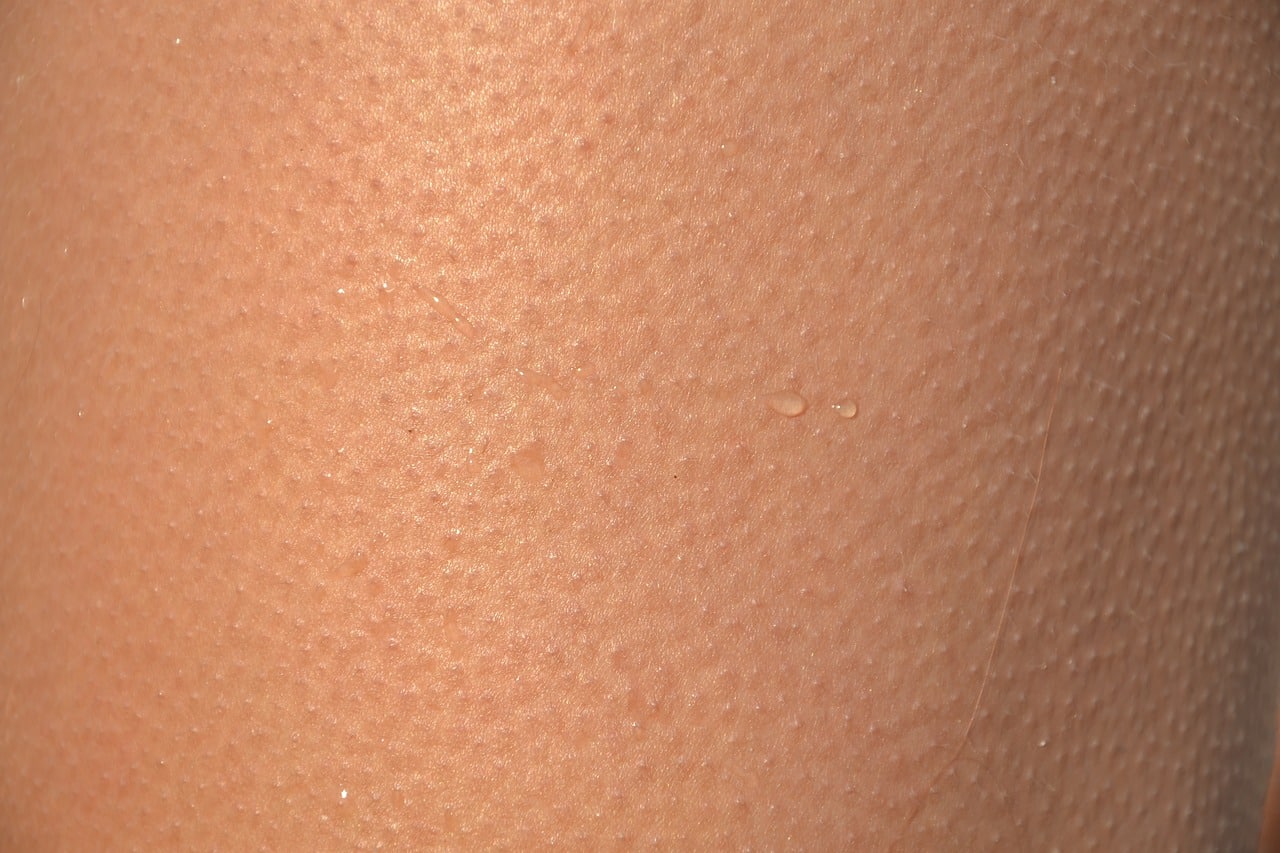A panic attack comes from stress, causing your mind to wander into unhealthy areas. With over 11% of American adults encountering panic attacks annually, it’s crucial to recognize their symptoms. Let’s explore them today.
*Please, be aware that we DO NOT intend to provide medical advice. Any content in our materials is purely for informational purposes. We strongly suggest seeking healthcare professionals’ guidance.
1. Shortness of breath

Distinguishing between shortness of breath and hyperventilation is crucial. While shortness of breath limits oxygen intake, hyperventilation results from faster, heavier breathing. If experiencing breathing difficulties during a panic attack, try slow and deliberate breathing techniques to restore normalcy and promote mental relaxation.
2. Sudden chills

When experiencing stress or panic attacks, the body may exhibit unusual sensations, such as a chilling feeling caused by decreased blood flow. These chills can be intense, leading to shivering, even in warm environments.
3. Hot flashes

They can cause hot flashes as part of the body’s fight-or-flight response. Increased heart rate and adrenaline levels often accompany this sensation.
4. Extreme sweating

Experiencing a panic attack can lead to profuse sweating as your body temperature rises due to increased heart rate and adrenaline rush. Practicing deep breathing can help cool your body down.
5. Bad chest pain

Experiencing unexplained chest pains during a panic attack can be distressing. The sharp, uncomfortable squeeze often accompanies palpitations and shortness of breath. Fortunately, panic-related chest pains typically subside within 10 minutes, but seeking medical attention is advised if they persist.
6. Fear of losing control

During a panic attack, the sense of danger intensifies, triggering the fight-or-flight response. It’s crucial to seek support and connect with understanding individuals who have experienced similar anxiety.
7. Bad headaches

During a panic attack, you may experience intense pounding headaches alongside sweating, chest pain, and chills. Although they can be distressing, these headaches typically occur at the peak of the attack and should subside relatively soon. Patience and optimism are key.
8. Numbness or tingling

During a panic attack, you may experience sudden numbness or tingling sensations, often in the arms, legs, or face, due to oxygen deprivation. Practicing proper breathing techniques and finding a calming environment can help alleviate these symptoms. They typically last for about 20-30 minutes.
9. Abdominal pain and digestive problems

Panic attacks can have a widespread impact on your body, including digestive system dysfunction. Increased anxiety can lead to delayed digestion or rapid bowel movements. Discomfort in the midsection and intense diarrhea are common symptoms, along with headaches and chest pain. That is because the brain and the stomach are directly connected through neurons, which activate the digestive system during moments of anxiety.
10. Sudden dizziness

Dizziness can arise from various causes, including overwhelming thoughts that disrupt your balance. Shortness of breath hinders oxygen intake, affecting brain function and potentially causing faintness. To prevent falls and worsened issues, find a seated position. Take slow breaths to alleviate the panic attack and restore equilibrium.
Have you ever experienced a panic attack? Tell us more in the comments below.
